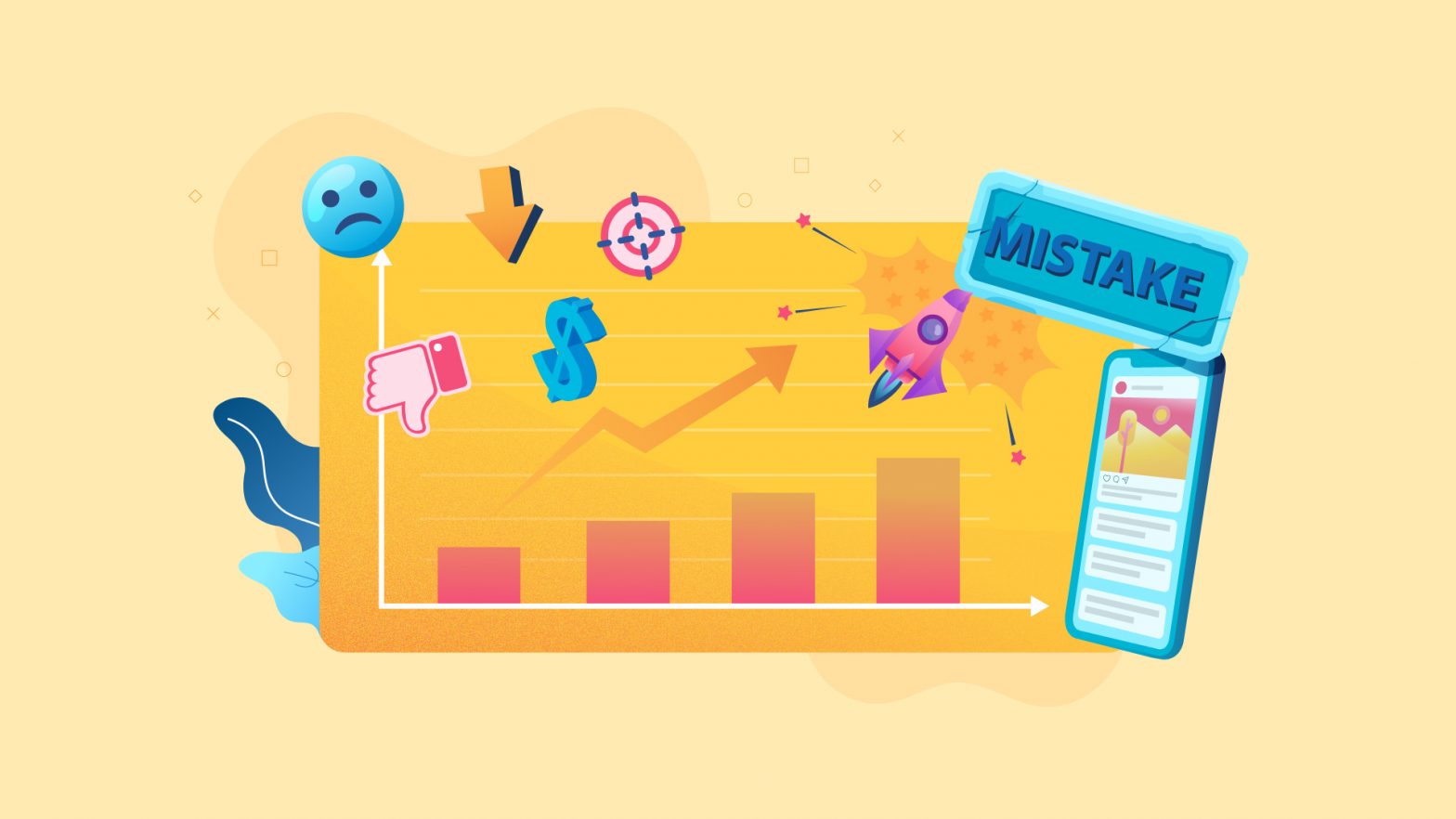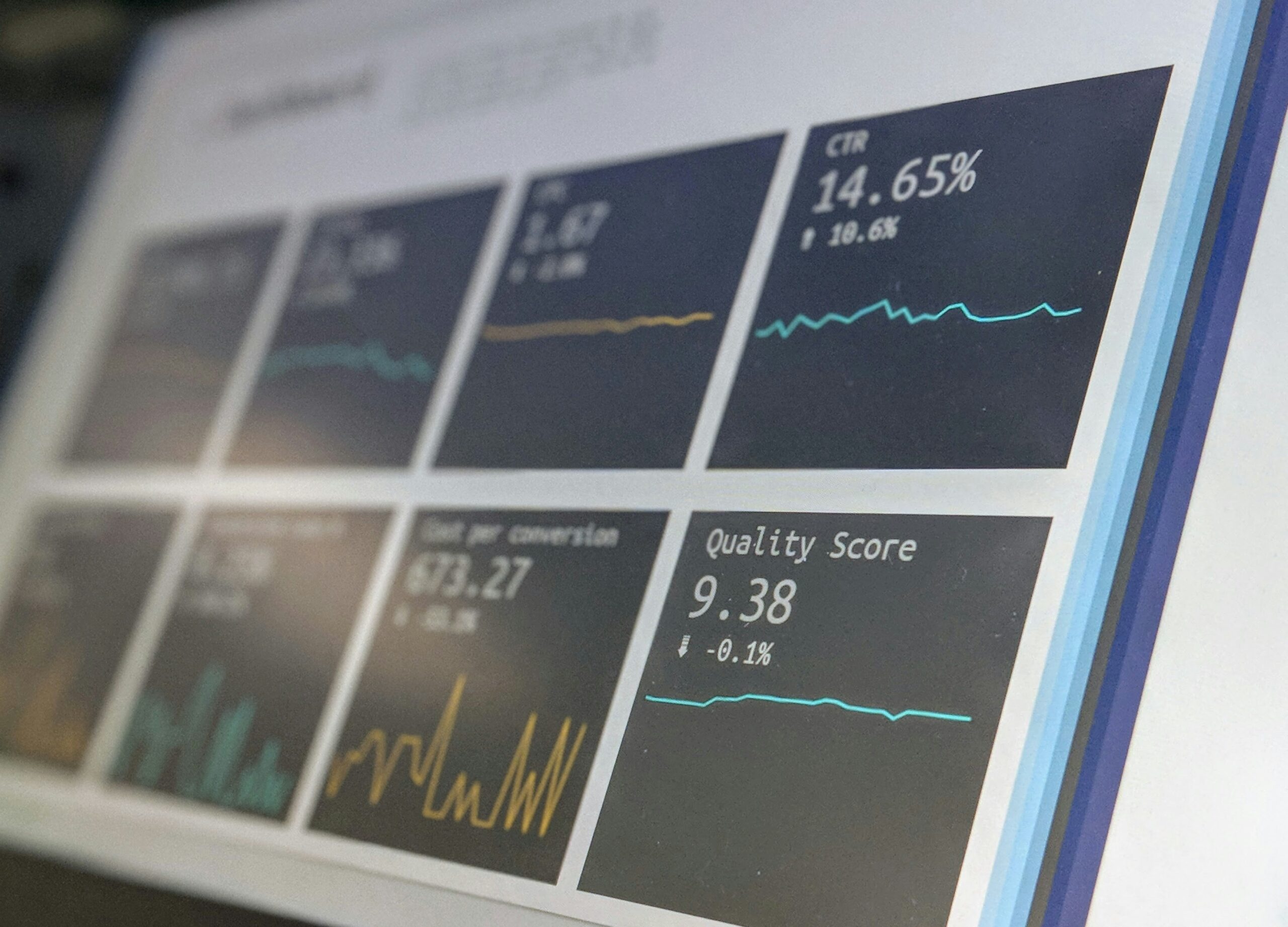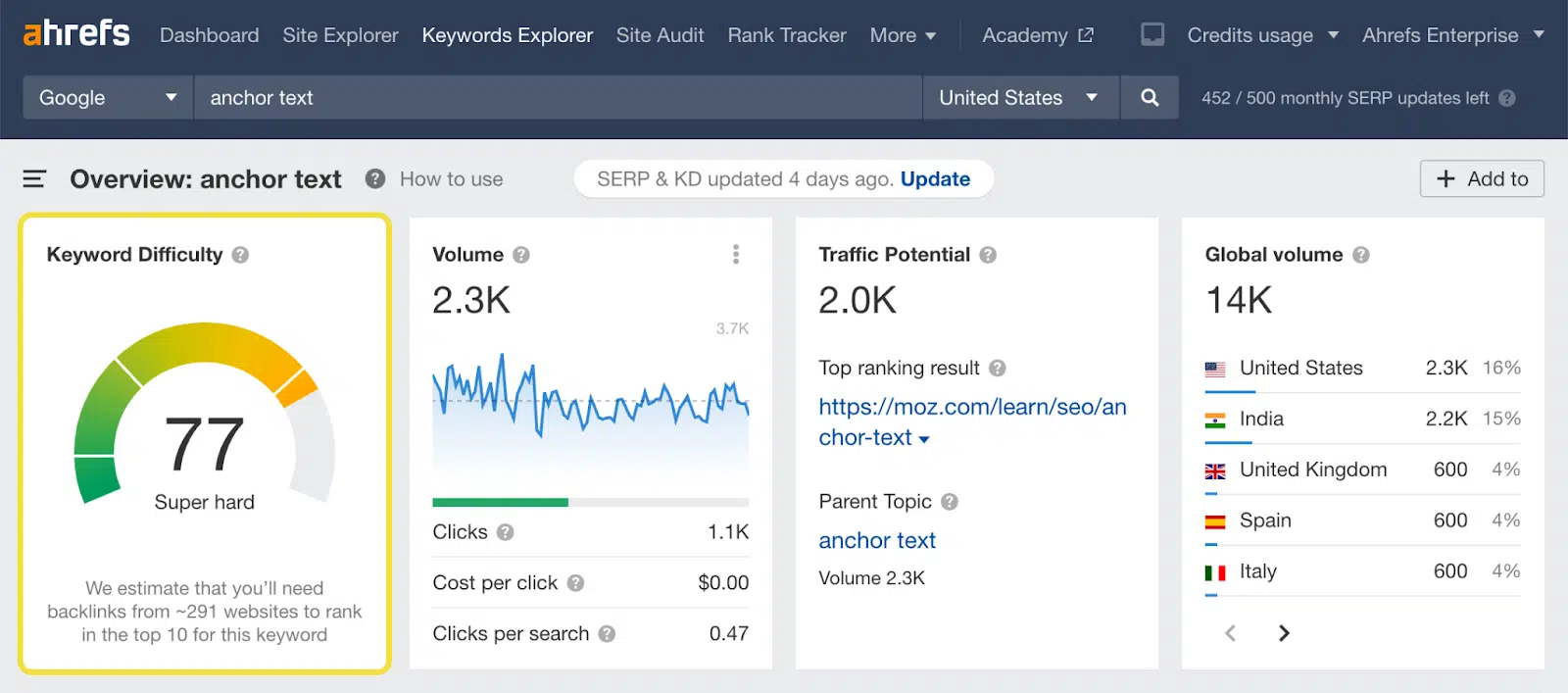In the ever-evolving business landscape, selecting the right marketing channels is not just an option but a necessity for survival and growth. Whether you’re a startup seeking to make a significant impact or an established business aiming to expand your reach, the choice of marketing channels can make or break your success. This post aims to highlight how to identify the best marketing channels for your business, factoring in your unique goals, target audience, and resources.
Understand The Importance Of Choosing The Right Marketing Channels
Identifying the best marketing channels for your business is a critical decision that can significantly impact your overall marketing performance. The perfect channel for one business might not work for another, hence the importance of selecting the right ones.
Why Channel Selection Matters For Digital Marketing
Channel selection goes beyond just deciding where to advertise your products or services—it’s a strategic decision that can change your business’s marketing outcomes. It’s about finding where your potential customers spend their time and tailoring your marketing tactics to reach them.
If your target audience consists of millennials and Gen Z individuals, social media platforms such as Instagram, TikTok, or Snapchat may be ideal channels to consider. Conversely, LinkedIn might be a more effective marketing channel if most of your target demographic is working professionals.
The channels you choose will depend on how effectively you communicate your brand’s message and engage your audience, ultimately influencing the return on your marketing investments.
Aligning Marketing Channels With Business Goals
Every marketing channel has its unique advantages. Some are better for brand awareness, while others excel at lead generation or customer retention. Aligning your business goals with the appropriate marketing channels can maximize marketing efficiency and ROI. Here are some examples of how to match your marketing channel to your business goal.
- Goal: Brand Awareness – Channel: Social Media. Platforms like Facebook and Instagram are perfect for increasing brand visibility. They allow for visual storytelling and wide reach, making them ideal for businesses seeking to boost their brand awareness.
- Goal: Lead Generation – Channel: Search Engine Advertising. Google Ads helps target potential customers actively searching for products or services similar to yours, making it a powerful tool for lead generation.
- Goal: Customer Retention – Channel: Email Marketing. Email newsletters and personalized offers are excellent tactics for keeping your customer base engaged and promoting repeat business.
- Goal: Thought Leadership – Channel: Blogging. By regularly publishing high-quality, insightful content on your business blog, you can establish your brand as a thought leader in your industry.
- Goal: Community Building – Channel: Online Forums and Discussion Boards. Platforms such as Reddit or LinkedIn Groups allow businesses to engage with their target audience in a more personal, community-oriented manner, promoting open discussions and feedback exchange.
The Cost Of Poor Channel Selection
Selecting inappropriate marketing channels can lead to wasted resources and missed opportunities. If your target audience does not frequent your chosen platform, your marketing messages will not reach your potential customers, leading to poor campaign results. Again, let’s look at examples of poor channel selection that would kill ROI.
- Advertising High-End Products on the Wrong Social Media Platform: Suppose you are marketing luxury goods targeting high-income individuals. Advertising on platforms like TikTok, predominantly used by the younger demographic with limited purchasing power, can significantly waste the advertising budget. A more suitable platform might be LinkedIn, where you can reach professionals with higher disposable incomes.
- Using Billboards for an Online Business: Imagine an online-focused business investing in expensive roadside billboards. If their target audience consists of digital natives who spend most of their time online, the billboard investment may not yield the expected return, as the chance of their target audience seeing and responding to a physical ad is low.
- Email Marketing to Gen Z: If your primary audience is Gen Z, an email marketing campaign might not be the best use of your budget. Research shows this demographic favors social media and instant messaging apps for communication. Therefore, allocating substantial resources toward email marketing could lead to lower engagement and a poor return on investment.

Setting Objectives: The First Step In Channel Selection
Before selecting the best marketing channels for your business, it’s crucial to set clear marketing objectives. These objectives will guide your decision-making throughout the channel selection process.
Look at our guide to clear objectives– It’s worth your time.
Importance Of Clear Objectives
Clear objectives provide a direction for your campaign, making it easier to allocate resources and measure success. They also help you choose the most effective channels for reaching your specific marketing goals.
Types Of Marketing Objectives
You might set various marketing objectives, such as increasing brand awareness, generating leads, boosting sales, or improving customer retention. Each objective may require different marketing channels to achieve effectively.
- Increase Website Traffic: Enhancing the visibility of your webpage to attract a more organic audience via methods like Search Engine Optimization (SEO).
- Improve Customer Engagement: Boosting consumer interaction through platforms like Facebook, Instagram, and Twitter to build better relationships and understand their needs more effectively.
- Promote New Product Launch: Utilizing strategies such as Email Marketing to inform existing customers about new products, personalized deals, or promotions, thereby stimulating interest and driving sales.
- Boost Sales Conversions: Implementing Pay-Per-Click (PPC) Advertising to target potential customers who have shown interest in your product or related ones, effectively driving these high-intent individuals to your website.
- Develop Brand Loyalty: Create quality content, such as Blogs, Podcasts, Webinars, etc., to establish your brand as an authority in your field and foster trust and loyalty among your audience.
How Objectives Influence Channel Choice
Your marketing objectives can greatly influence your choice of marketing channels. For instance, social media channels like Facebook or Instagram might be effective if your objective is to increase brand awareness. On the other hand, if you’re focused on lead generation, PPC advertising or email marketing might be more suitable. Looking at our examples above, these are the channels you should use to meet them.
- Objective: Increase Website Traffic – Channel: SEO (Search Engine Optimization): By optimizing your website for search engines, you can attract more organic traffic from individuals actively searching for the products or services you offer.
- Objective: Improve Customer Engagement – Channel: Social Media Platforms (Facebook, Instagram, Twitter): Social media platforms allow for direct interaction with customers, providing opportunities to engage them with unique content and prompt responses to their inquiries or feedback.
- Objective: Promote New Product Launch – Channel: Email Marketing: An email campaign can effectively inform your existing customer base about a new product, with the potential to offer personalized deals or promotions that stimulate interest and drive sales.
- Objective: Boost Sales Conversions – Channel: PPC (Pay-Per-Click) Advertising: PPC ads can target potential customers who have shown interest in your product or related ones, effectively driving these high-intent individuals to your website and boosting conversion rates.
- Objective: Develop Brand Loyalty – Channel: Content Marketing (Blogs, Podcasts, Webinars): Quality content can help establish your brand as an authority in your field, fostering trust and loyalty among your audience, which can lead to repeat business and referrals.

Know Your Audience: The Key To Effective Channel Selection
Understanding your audience is fundamental in selecting the most effective marketing channels. The more you understand about your target audience, the better you can tailor your marketing efforts to reach them.
Learn how to perfectly target your audience here.
Identifying Target Audience Demographics
The first step in knowing your target audience is identifying their demographics. These might include age, gender, location, income level, occupation, etc. By understanding these demographics, you can select the marketing channels most likely to reach your audience.
Types Of Audience Demographics
Understanding audience demographics can help refine your marketing strategy, ensuring your efforts resonate with your target audience. Here’s a list of some common types of audience demographics:
- Age: This demographic can greatly influence the choice of marketing channel. For instance, younger audiences might be more reachable via social media, while an older demographic could be more responsive to email marketing.
- Gender: Understanding gender demographics can help tailor your messaging and visuals to appeal more to male or female audiences.
- Geographic Location: Your audience’s geographical location can influence the language, cultural nuances, and even the timing of your marketing efforts.
Understanding Audience Behavior
Understanding your target audience’s behavior, in addition to demographics, can help you select the right marketing channels. This might include their online habits, purchasing behaviors, and interactions with different media forms.
- Browsing Habits: This behavior involves tracking which websites your audience frequently visits or how they navigate your website. This can help you place targeted ads or optimize your site for a better user experience.
- Purchasing Patterns: Understanding how often your audience purchases, what triggers them, and their preferred shopping platforms can help tailor your marketing efforts.
- Content Preferences: Knowing what type of content resonates with your audience (blog posts, videos, podcasts, infographics, etc.) allows for more effective content marketing.
- Interaction with Brands: Observing how your audience interacts with brands, whether they engage more with posts, share content, or participate in online discussions, can give insights into how to foster engagement.
- Social Media Activity: Understanding which social media platforms your audience uses most, the times they are most active, and the content they engage with can optimize your social media marketing strategy.
Tailoring Channels To Audience Preferences
Once you understand your target audience’s demographics and behavior, you can tailor your channel selection to their preferences. Use this information to identify the platforms your audience spends their time on and utilize these channels to reach them effectively.

Budget Considerations In Marketing Channel Selection
In tandem with budget considerations, it’s vital to contemplate the potential return on investment (ROI) each marketing channel offers. Not all channels yield the same results, and it’s crucial to make strategic choices that maximize your ROI. Performing an ROI analysis can help identify which channels are most cost-effective and provide the best reach and engagement among your target audience.
Setting A Marketing Budget
When defining your marketing budget, you must consider your business’s financial health. Initially, consider your business’s revenue, profit margins, and growth goals. Most businesses, especially those in a growth phase, are recommended to set aside approximately 7-8% of their total revenues for marketing. However, if you’re an established business trying to break into new market segments and make a significant impact, you may need to bump that up to as much as 20% of your revenues.
Allocating Budget Across Channels
Once you have a marketing budget, you must decide how to distribute it across different channels. Factors influencing this decision might include the cost of each channel, their expected reach, and their alignment with your marketing goals.
Mind Your Business Newsletter
Business news shouldn’t put you to sleep. Each week, we deliver the stories you actually need to know—served with a fresh, lively twist that keeps you on your toes. Stay informed, stay relevant, and see how industry insights can propel your bottom line.
Subscribe to Mind Your Business
The AIDA funnel model, which stands for Attention, Interest, Desire, and Action, is a marketing model that describes a customer’s journey from the first point of contact with a brand to the purchase of a product or service. Here’s how you can break down your marketing budget within this model:
- Attention: This is the broadest part of the funnel, where you aim to raise awareness about your brand or product. Funds allocated to this stage should focus on channels that can reach a wide audience, such as social media advertising, SEO, and PPC advertising. Depending on your business and target audience, you might allocate 40% to 50% of your total marketing budget to this stage.
- Interest: Once you’ve gained attention, the next step is to pique interest. This stage may involve more targeted and personalized marketing efforts, such as email or content marketing. You might allocate 25% to 30% of your budget to this stage.
- Desire: In this stage, you’ve not only captured your audience’s interest, but you’re also persuading them to desire your product or service. You could use product demos, customer testimonials, or detailed product information at this stage to increase desire. Approximately 15%-20% of your budget could be allocated to these activities.
- Action: The final stage is about driving the customer to take action, i.e., make a purchase. This is where targeted campaigns become crucial, such as remarketing or incentives like discounts or limited-time offers. Around 10% to 15% of your budget could be allocated to these activities.
Budget-Friendly Marketing Channel Options
If you have a limited marketing budget, there are still plenty of effective marketing channels available. These might include organic social media strategies, email marketing, or content marketing.
- Organic Social Media: While paid advertising can accelerate your exposure, organic social media is a cost-efficient way to build relationships and engage with your audience. Regularly posting valuable content, interacting with followers, hosting live videos or webinars, or creating communities can enhance your brand’s visibility and credibility.
- Email Marketing: This channel provides a high return on investment, allowing you to communicate directly with interested customers. You can nurture relationships and encourage repeat business by sending tailored content, promotions, or newsletters to your subscriber list. Various free or low-cost tools are available to design professional-looking emails and manage your campaigns.
- Content Marketing: Creating and sharing high-quality content (like blogs, videos, infographics, or podcasts) can attract and retain a clear audience. This strategy boosts your search engine rankings and positions your brand as a thought leader in your industry. The primary investment here is time and creativity, making it a budget-friendly option.

Analyzing Your Competitors’ Marketing Channels
Analyzing your competition’s choices can offer significant insights, understanding that continuous testing and adjustment are essential for optimizing your strategy and realizing the power of a well-coordinated multi-channel approach. Let’s delve into these critical aspects.
Importance Of Competitive Analysis
Competitive analysis can help you understand what marketing strategies are effective in your industry. By analyzing your competitors’ channels, you can identify opportunities and avoid their mistakes.
- Social Media Analysis: Monitoring your competitors’ social media platforms can provide insights into their marketing strategies. Pay attention to the type of content they post, their posting frequency, how they engage with their followers, and the feedback they receive. This can help identify what resonates with your shared target audience.
- Website and SEO Analysis: Evaluating a competitor’s website and SEO strategy can uncover valuable insights. Look at their site structure, the kind of content they produce, their keyword strategy, and their backlink profile. Tools like SEMRush or Ahrefs can help with this analysis and provide information about their organic visibility and the success of their SEO efforts.
- Email Marketing Analysis: Signing up for a competitor’s newsletter or other email communications can reveal their e-mail marketing strategy. Analyze the type of content they email, how they segment their audience, their email frequency, and any special offers or promotions they run. This can guide your own email marketing tactics and help create more effective campaigns.
Tools For Competitor Channel Analysis
It’s crucial to utilize certain tools designed for this purpose to analyze your competitors’ marketing channels effectively. Let’s explore three indispensable tools that can tremendously aid your competitor channel analysis.
- SEMRush: SEMRush is an all-in-one marketing tool that provides comprehensive data about your competitor’s online presence. It offers insights into your competitor’s organic and paid search, backlinks, and display advertising.
- BuzzSumo: BuzzSumo is a great tool for competitor analysis in social media and content marketing. It helps you discover what content performs best for any topic or competitor.
- SpyFu: SpyFu provides your competitors’ most profitable keywords and ads for paid and organic search. This information can be beneficial for improving your own SEO and PPC strategies.
Learning From Competitor Successes And Failures
Closely observing your competitors’ marketing channels can provide crucial insights into their successes and failures, informing your strategic decisions. This can involve monitoring their social media engagement, assessing their SEO effectiveness, and scrutinizing their email marketing practices. This can enable you to adopt what works and avoid tactics that have proven ineffective.

Common Mistakes To Avoid When Choosing Marketing Channels
When selecting your marketing channels, it’s important to avoid common mistakes. These can lead to ineffective marketing strategies and wasted resources.
The One-Size-Fits-All Mistake
One common mistake is assuming that a one-size-fits-all approach will work. This is rarely the case, as different businesses have unique audiences and goals. Therefore, what works for one business might not work for another.
Ignoring ROI Metrics
Another common mistake is ignoring ROI metrics. To understand each marketing channel’s effectiveness, it’s important to measure its return on investment.
- Conversion Rate: This metric evaluates the percentage of users who take a desired action such as making a purchase, filling a form, or subscribing to a newsletter. It is fundamental in understanding the effectiveness of a marketing channel in driving customer action.
- Customer Acquisition Cost (CAC): This is the total cost of acquiring a new customer, calculated by dividing the total costs associated with marketing and sales by the number of new customers acquired in a given period. A lower CAC signifies a more efficient marketing channel.
- Customer Lifetime Value (CLV): This metric estimates the total revenue a business can expect from a single customer over the course of their relationship. Comparing CLV to CAC helps to determine the long-term value of acquiring new customers through each marketing channel.
Overlooking Brand Consistency
Consistency is key in marketing. Ignoring brand consistency across channels can lead to a disjointed marketing strategy and weaken your brand image. If you are struggling to have a consistent brand image, we have an excellent branding guide you can use to help you get a consistent design.
The Role Of ROI In Marketing Channel Selection
ROI is a critical metric for evaluating the effectiveness of your marketing channels. By considering ROI in your channel selection, you can ensure your marketing efforts are cost-effective.
Understanding ROI Metrics
ROI metrics provide insight into the effectiveness of your marketing efforts. These might include metrics like click-through rates, conversion rates, and customer acquisition costs. Understanding ROI metrics requires a detailed analysis of your marketing efforts. Let’s delve into more detail:
- Click-Through Rates (CTR): This metric indicates the percentage of people who click on your ad after seeing it. A high CTR generally signifies that your ad is resonating with your audience. By comparing the CTR of different ads, you can identify which ones are performing better and optimize your campaigns accordingly.
- Conversion Rates: This is the proportion of visitors to your website that complete a desired action, such as making a purchase or filling out a form. A high conversion rate indicates that many of your audience find your offering valuable enough to act upon. Monitoring this metric closely and striving for continuous improvement is crucial, as even minor adjustments can significantly impact your ROI.
- Customer Acquisition Cost (CAC): This metric refers to the total cost of acquiring a new customer. It includes costs associated with marketing and sales efforts. A lower CAC implies a more efficient marketing channel, yielding a higher ROI.
- Customer Lifetime Value (CLV): This estimates the total revenue a business can expect from a single customer account. It considers a customer’s revenue value and compares it to its predicted lifespan. Businesses use this metric to identify significant customer segments that are the most profitable.
By regularly monitoring and analyzing these ROI metrics, you can make informed decisions about where to allocate your marketing budget to maximize ROI. It can also provide valuable insights into your customers’ behavior and preferences, allowing you to refine your marketing strategies.
How ROI Influences Channel Choice
ROI can greatly influence your choice of marketing channels. By focusing on highly ROI channels, you can ensure your marketing efforts are cost-effective and impactful.
The ROI of a marketing channel significantly influences your selection process. Higher ROI means your marketing efforts on that particular channel yield substantial results relative to the investment, indicating that the channel is resonating with your target audience and producing desirable actions such as leads, conversions, or sales.
Let’s consider an example: if you invest $1000 each on email marketing and social media campaigns, and the email campaign generates $3000 in revenue while the social media campaign generates $1500, the ROI (Return—Investment / Investment) would be 200% for email and 50% for social media. This indicates that the email marketing channel is more effective and might be a better choice for allocating more resources.
Tools For ROI Analysis
Many tools are available for ROI analysis. These tools can provide invaluable insights into the effectiveness of your marketing channels and guide your channel selection.
Future Trends In Marketing Channel Selection
The landscape of marketing channels is continually evolving. You can ensure your marketing strategy remains innovative and effective by staying aware of future trends.
Importance Of Multi-Channel Strategies
This approach involves implementing various marketing initiatives to interact with potential customers across different platforms. Multi-channel marketing leverages direct and indirect selling channels, including retail stores, online marketplaces, social media, email, mobile applications, and others. This strategy allows businesses to broaden their reach and facilitates customers’ interaction with the brand at their convenience, whether offline or online.
For instance, a business might engage its audience on Facebook with targeted ads, send personalized emails with product recommendations, and maintain a user-friendly online store. This multi-pronged approach ensures that the message reaches the audience wherever they spend their time. Furthermore, the multi-channel strategy enables businesses to gather insights from various platforms. It feeds into a comprehensive understanding of their customers’ behavior and preferences, allowing for more tailored and effective marketing efforts.
The Growing Role Of Social Media Channels
The advent of influencer marketing on social platforms presents unique opportunities for businesses. With their trusted voices and substantial followings, influencers can amplify brand messages and drive conversions. Harnessing this trend by collaborating with the right influencers can be a powerful addition to your multi-channel marketing strategy.







